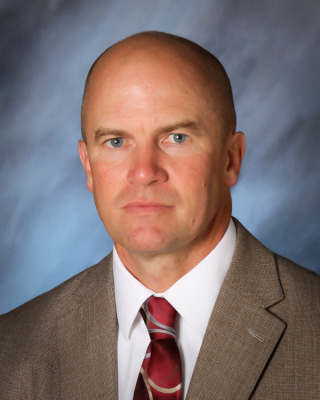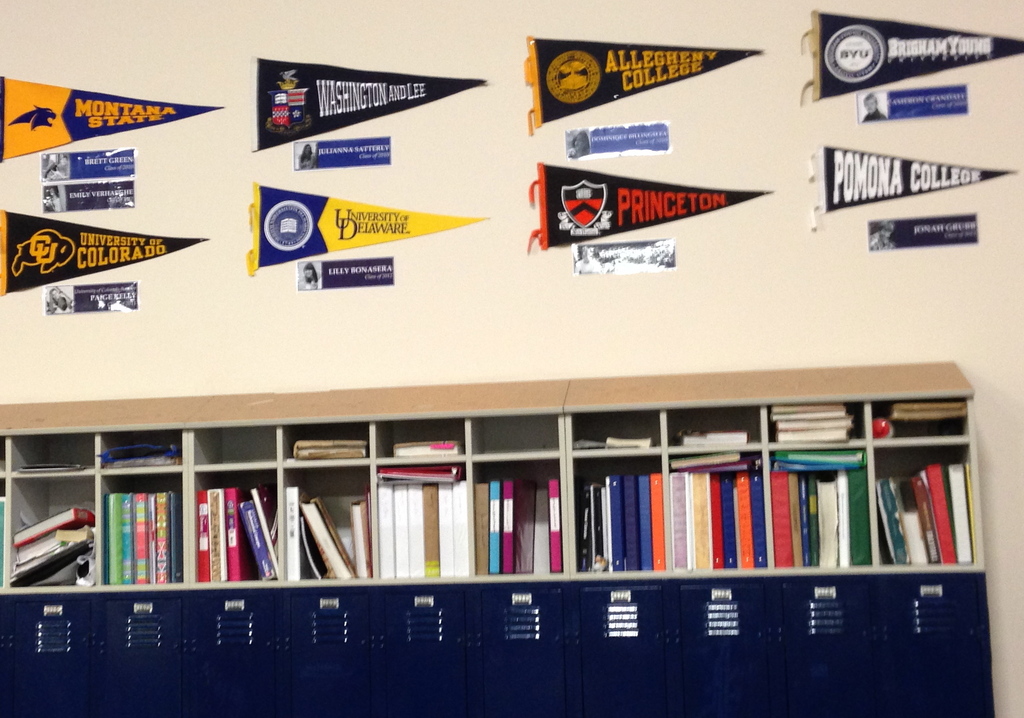The Coeur d’Alene Charter Academy is not a school for everyone. Three of the leader’s own children tried it, but returned to a traditional high school.

“It’s a tough program and you better have a good work ethic,” said Dan Nicklay, the principal and president of the public charter located in North Idaho. “The longer they stay here, the farther they surpass their peers.”
The Coeur d’Alene Charter Academy is one of the most successful schools in Idaho, according to national publications and statistics:
- Newsweek ranked it No. 13 in its Top 20 High Schools in the West in 2012 and No. 59 in its Top 100 schools in the country (the only Idaho school on the list) in 2011.
- The Washington Post ranked it No. 59 in the High School Challenge of 2013.
- U.S. New and World Report ranked it among the Top 100 High Schools in the nation.
- BusinessWeek named it the Best Overall Academic Performance in Idaho.
- The 36 graduates in the 2012 class earned $3.5 million in college scholarships and four went to West Point Military Academy.
- The 52 graduates in the 2013 class earned $5.7 million in college scholarships.
- Nearly 100 percent of the students tested proficient or better on Idaho’s standardized accountability measure called the ISAT.
- The charter earned the highest rating of five stars the past two years on Idaho’s five-star rating system and scored 95 and 93 of 100 possible points, respectively.
“We set a high standard,” said teacher Scott MacPhee. “We do everything we can to help students reach that standard, but they still have to reach it.”
While the school that serves 720 kids in grades 6-12 reaches high achievement, it does so with non-conventional and maybe controversial characteristics. Students wear uniforms, use very little technology and read classics such as “Frankenstein,” published in 1818. School leaders are outspoken in asking for autonomy and would prefer no government intervention or help.
“Yes, I’m a rabble-rouser,” Nicklay said.
At least 20 percent of students leave the academy to return to a traditional school, Nicklay said. More than 30 percent transfer after the eighth grade, not wanting to continue in the rigorous high school program. The school has a smaller waiting list of about 100 compared to other Idaho charters that can have double or triple the wait lists.
“You have to study hard or you fail,” said the public charter’s founder Bill Proser, who also is the president of the Northwest Professional Educators Association. “We created a culture where education is a top priority.”
Characteristics of the Coeur d’Alene Charter Academy
Students follow a strict dress code. Male teachers wear ties — every day. No jeans — ever.
“I don’t believe in casual Fridays,” said Nicklay, of a common practice in schools where teachers and students wear jeans or school colors and sweatshirts on the last day of the week. “Our male students started what they call ‘Formal Fridays’ when they, too, wear suits and ties.”
There is no collaboration time or structured professional development for teachers. In contrast, the Coeur d’Alene School District begins an hour late for students on Mondays when teachers use the time to collaborate.
“That’s 40 hours of lost instruction time a year,” Nicklay said. “Although I could probably do more to encourage collaboration, I never want to do anything to take away from class time.”

The academy does not have sports assemblies and it is against school policy to leave early for extracurricular activities.
There are no free lunches, no buses, no locks on the lockers and very little technology.
“The recent emphasis on technology in school is misguided,” Nicklay said. “Technology is best viewed as a tool, not as the focal point.”
Students carry large textbooks, reading materials and three-ring notebooks.
“We offered online-learning models and found it didn’t work and that our best plan is maximizing instruction time,” Nicklay said. “Our model is — direct instruction from master teachers.”
At least 100 students a day spend an hour after school in a quiet study session as they wait for parents to pick them up.
“I came here because I wasn’t being challenged at my other school,” said senior Melonie Wright, who plans to attend Boise State University’s nursing program next year. “The homework load is much harder here.”
Academic standards of Coeur d’Alene Charter Academy
The school’s mission says it is “dedicated to providing a rigorous, content-rich, college preparatory education for any students who are willing to accept the challenge.”

Nicklay points out that the mission is preparing students for college, not offering college credits in the form of dual-credit classes.
“We prefer to push AP classes because we can offer a far higher quality education than the junior college here,” Nicklay said. “We promote accelerating intellectually instead accelerating academically.”
All students are required to take Latin followed by two years of foreign language. Other class requirements include ancient history, European history and a year of civics taught by a retired army sergeant.
“We go deep,” said civics teacher Karen Coughenour. “On a test, I don’t ask what happened on a date in history, I ask what was accomplished and what did that mean.”
School leaders want more autonomy
Nicklay said he wishes his charter school had more freedom to innovate or “do things outside the box.”
He’d like to have more freedom in the firing of teachers and says tenure ruins education. He also wants to hire whoever he wants, even though they may not be certificated or college-educated.
“We should be able to follow free-market principles,” he said. “The requirements and reporting we have to do with the state are ridiculous. The charter school movement was supposed to be about innovation and entrepreneurial risk taking. If we take a risk and fail, we pay the price. Unfortunately, we’re being forced into the generic mold.”
He’d like to see more charters, flexibility and local control.
“I’d break down these big-box schools into small schools with more choices for parents,” Nicklay said. “To be successful, you have to have a clear mission that defines you and then hire and accept teachers and students who are passionate about that mission.”
